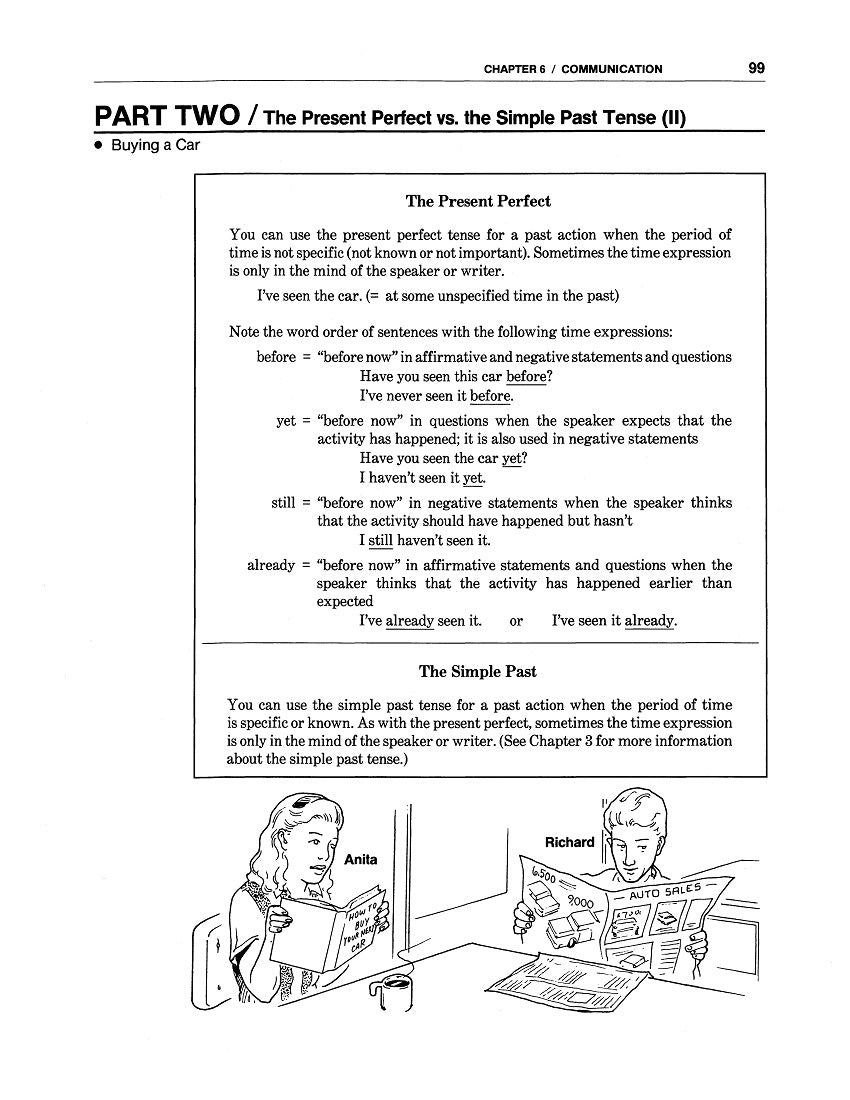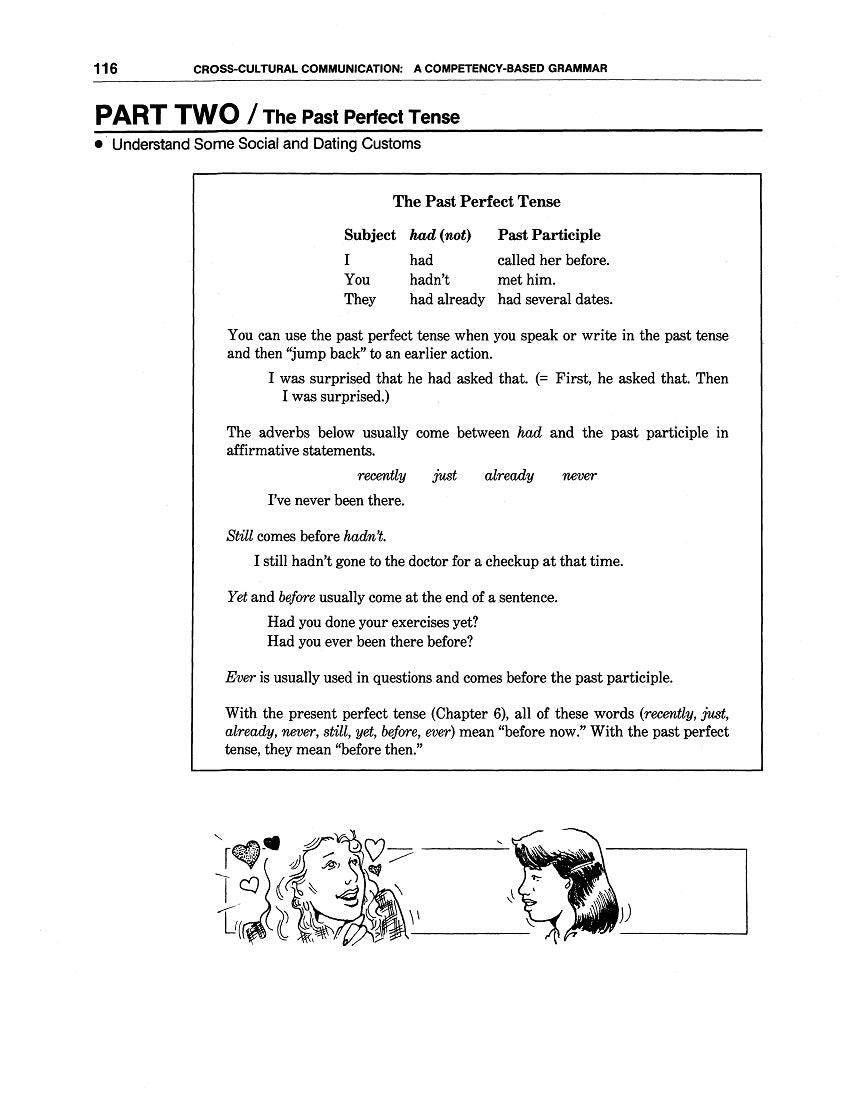1
/
of
6
Work/Life English
D-13.02 Use Present & Past Perfect Verb Forms
D-13.02 Use Present & Past Perfect Verb Forms
Regular price
$2.00 USD
Regular price
Sale price
$2.00 USD
Unit price
/
per
Pre-Test + Parts One To Three of Chapter 6: the Present Perfect & Simple Past Tenses (“Communication”) + Part Two of Chapter 7: the Past Perfect Tense (“Social Interaction”) of WorkLife English Grammar 4: Cross-Cultural Communication, pages 91-106 + 116-118
19 pages
Who It’s For: Intermediate (& Above) Teachers, Helpers, & Language Learners Progressing in Their Ability to Use & Contrast Simple vs. Perfect Verb Tenses
Why It’s Useful: When presented in all its uses and in contrast to other verb tenses, Present & Past Perfect Verb Phrasing can appear somewhat complex. Although these excerpts may seem to add to the confusion at first, they’re bound to improve linguistic fluency and style as you move through them. And it’s all for a good cause: enhancing Communication & Social Interaction.
What You’ll Do:
[1] In the page 73 Chapter 6 Opener, view the visual depicting Communication in regard to Car Maintenance & Purchase, in which it is often a problem. Its grammar listings all relate to the Present Perfect vs. the Simple Past. (A 3-page Chapter 7 segment on the Past Perfect has been added to the Download.) Complete the “How much do you already know?” section on the next two pages. Check your assumptions.
[2] In Part One on pages 94-97, compare the implications of and time expressions used with the Present Perfect vs. the Simple Past in their primary uses: for activity in time periods not yet finished vs. completed periods of time. As you practice these in contrast to each other, you may even pick up ideas relevant to vehicle upkeep.
[3] Part Two on pages 89-102 continues contrasting the same two tenses, this time based on the (lack of) specificity of the time of past actions. Important time adverbs include (n)ever, already, yet, before, still—in conversations about past experience. Part Three on pages 103-106 sums up the grammar and content of the previous two Parts.
[4] The Download ends with Part Two (pages 116-118) of the following Chapter 7. Furthering “Understanding Some Social Customs,” the segment introduces the Past Perfect in clauses attached to Simple Past statements.
Couldn't load pickup availability












